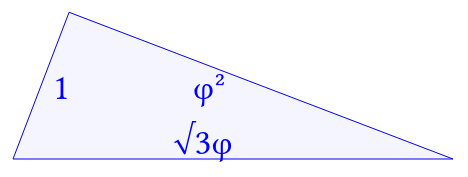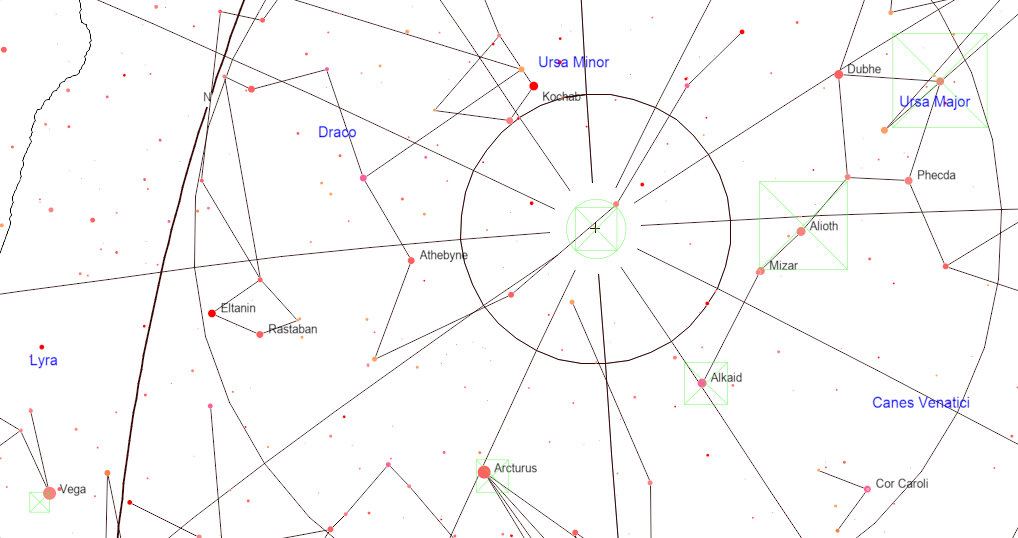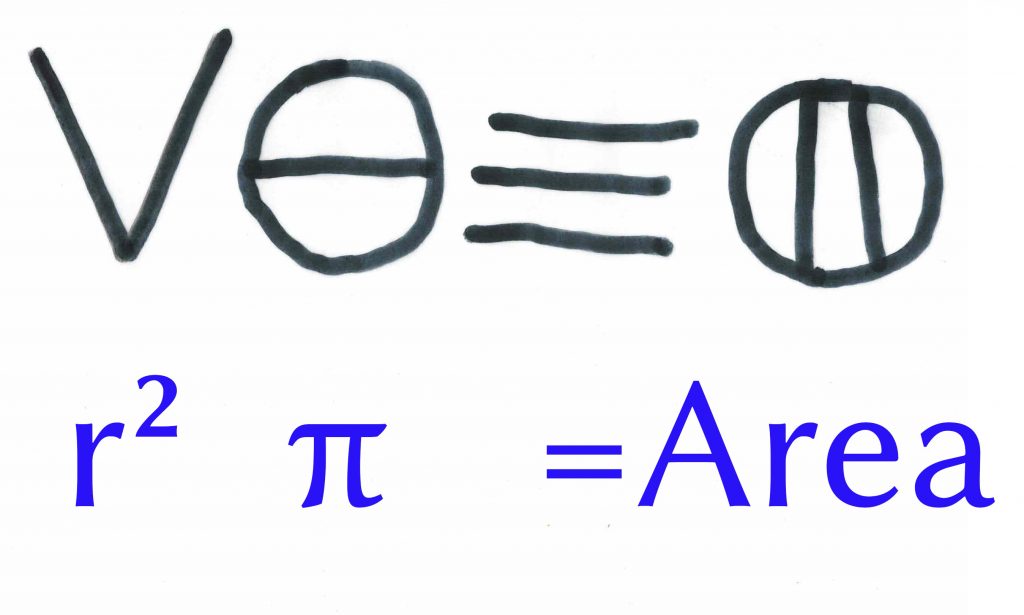As 2021 drew to a close, I uploaded a new paper about the Douglas Triangle, and its use at Giza. It provides the missing link between the base sizes of Khufu and Khafre,
The triangle looks like this:
The triangle has some interesting properties, which are discussed in the paper, available at Zenodo or Academia.
As usual, soon after, I realised a few more things, and now need to update it, but that may have knock-on effect on Zep Tepi Mathematics 101 (ZTM101), so I need to run some checks first.
I have not found a direct use of the triangle (as triangle) at Giza, but have now found the three side ratios. Consider: (click images for larger view)






